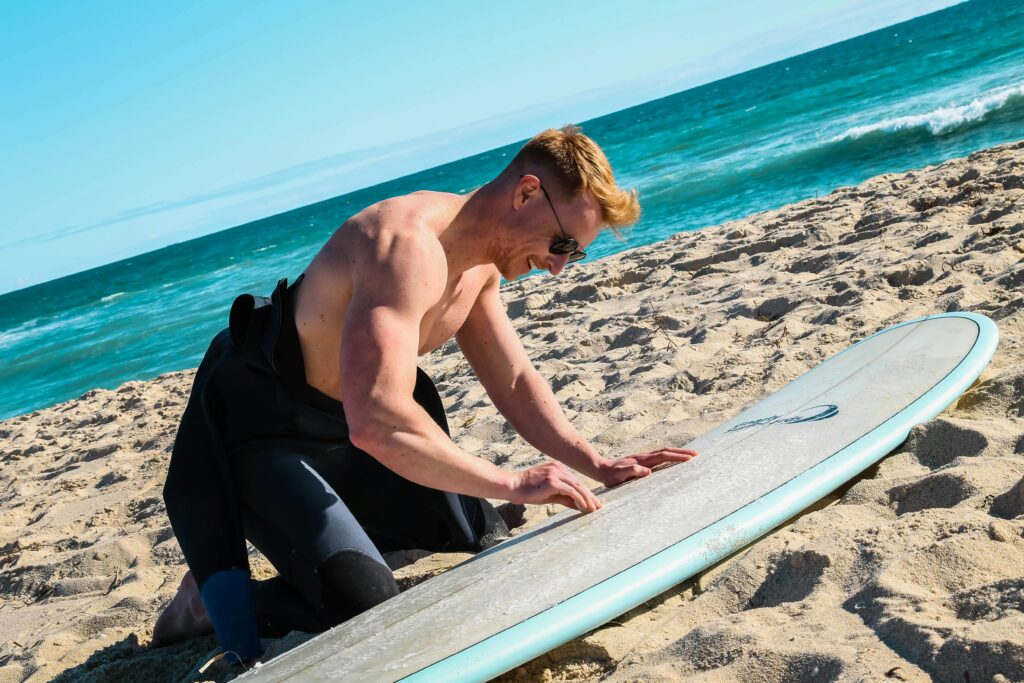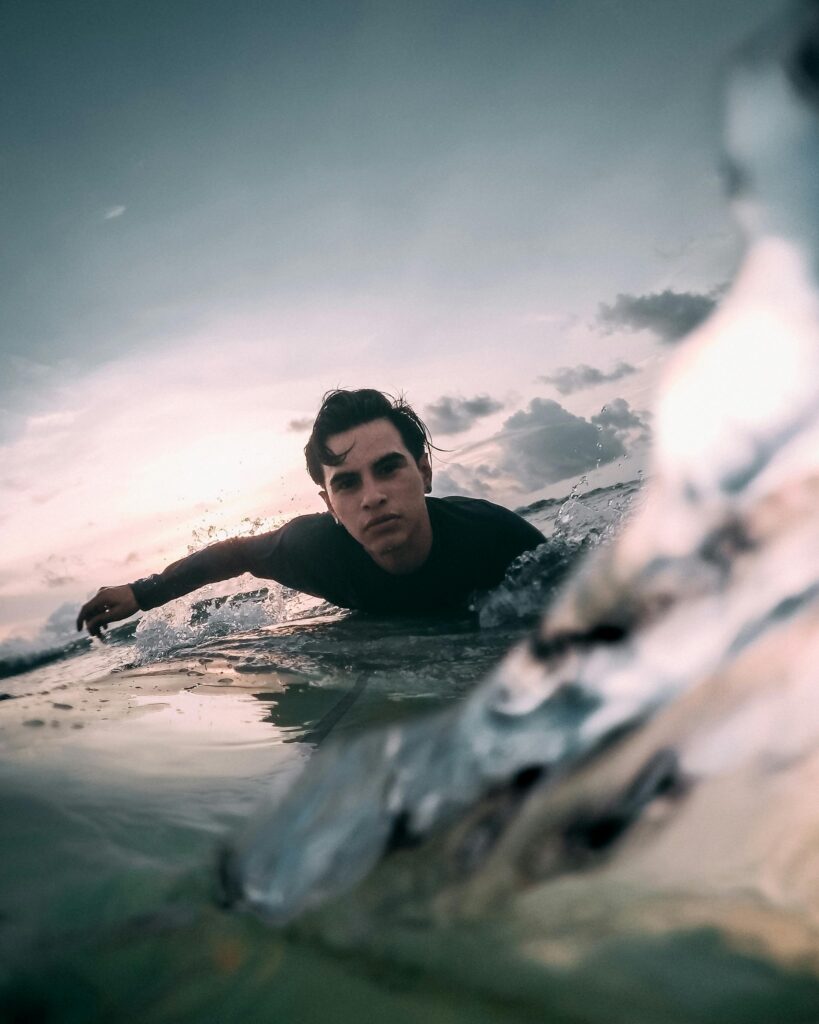Step-by-Step: Catching Your First Wave
Catching a wave is one of the most rewarding and unforgettable moments in surfing. The feeling of being carried by the ocean as you glide across the surface is both thrilling and peaceful. However, reaching that moment takes more than just luck. It requires patience, practice, and a clear understanding of how to approach the wave. In this guide, you’ll learn ten practical steps that will help you successfully catch and ride a wave, whether you’re a beginner or someone still refining the basics.
1. Observe the Lineup
Before entering the water, take time to observe. Watch how the waves break, where other surfers are catching them, and how the sets are forming. Look for rip currents, channels, and safe exit routes. Understanding the lineup helps you position yourself correctly and avoid hazards. It also builds your awareness of ocean rhythm and crowd behavior, both crucial to your success.
2. Paddle Out to the Lineup Safely
When paddling out, pick a clear path through a channel or area with fewer breaking waves. This minimizes the energy you use and helps you avoid collisions. Use techniques like the turtle roll (for longboards) or duck dive (for shortboards) to pass through the whitewater. Always stay aware of other surfers to avoid interference. Reaching the lineup with control sets the tone for your entire session.
3. Position Yourself in the Takeoff Zone
Once in the lineup, sit on your board and observe where waves begin to break. Position yourself slightly outside this zone so you’re ready to catch them early. Don’t crowd other surfers, give enough space while still staying close to the peak. If you’re too far inside, you risk getting caught in the impact zone; too far outside, and you might miss the wave altogether. Finding the sweet spot comes with time and observation.

4. Choose the Right Wave
Not every wave is worth taking. Look for waves that have a defined peak and are starting to break in one direction, either left or right. Beginner surfers should go for waves that break slowly and cleanly. Avoid waves that are closing out all at once or breaking too steeply. Choosing the right wave gives you the best chance to pop up and stay on your feet longer.
5. Turn and Face Shore
When you see a good wave approaching, turn your board toward the beach and get into a paddling position. Make sure your body is centered on the board. If you’re too far forward, the nose may dip and cause you to fall. If you’re too far back, you may not catch the wave at all. Finding the right balance on your board is a key part of the setup.
6. Paddle with Commitment
Start paddling well before the wave reaches you. Use long, strong strokes with your arms close to the board. Keep your head up and your chest slightly raised. The goal is to build speed and match the pace of the wave. A common mistake is stopping too early. Keep paddling even as the wave begins to lift your board so that you are fully connected to its motion.
7. Feel the Lift (Catch the Wave)
As the wave starts to carry you, you’ll feel your board pick up speed on its own. This is the sign that you’ve caught the wave. Keep paddling a few more strokes to stay connected. If you try to stand too early or hesitate, you may lose the wave entirely. Once you feel the glide and control, prepare to pop up. Trust your timing and stay focused on the moment.

8. Pop Up Smoothly
Push your chest up with your hands and jump to your feet in one fluid motion. Place your feet shoulder-width apart with your front foot near the center of the board. Avoid using your knees, as this slows you down and reduces your balance. Bend your knees once you’re standing and keep your body low and centered. A clean pop-up sets the tone for the rest of the ride.
9. Find Your Balance
Now that you’re standing, focus on staying relaxed and in control. Keep your knees bent and your eyes looking forward. Use your arms naturally to help maintain balance. If the wave is peeling, angle your board along the face and ride the line. Adjust your weight by leaning slightly into turns and using your hips for control. The more relaxed your posture, the better you’ll ride.
10. Ride It Out or Exit Safely
Ride the wave until it naturally fades or you decide to exit early. If you need to exit, angle your board over the back of the wave or gently fall into the whitewater. Always be aware of other surfers around you when exiting to avoid collisions. Once you’re clear, paddle back out calmly and reset for your next wave. Each wave offers a new chance to learn and improve.

Catching a wave is more than just standing up on a surfboard. It’s a step-by-step process that requires awareness, timing, and proper technique. By following these ten steps, you can build the confidence and control needed to take your surfing to the next level. Progress may feel slow at times, but every wave brings you closer to becoming the surfer you want to be. Keep practicing, stay patient, and most importantly, enjoy every moment in the water.

it seems interesting !